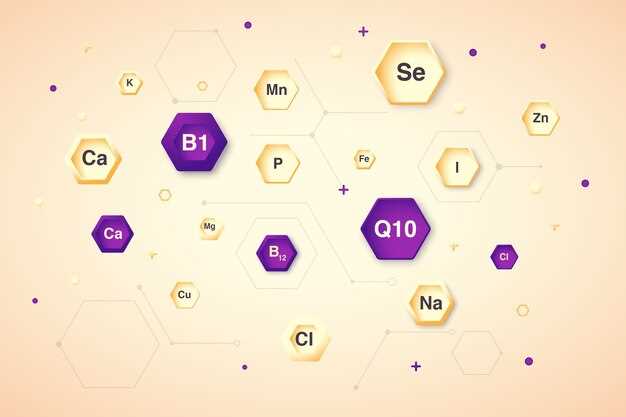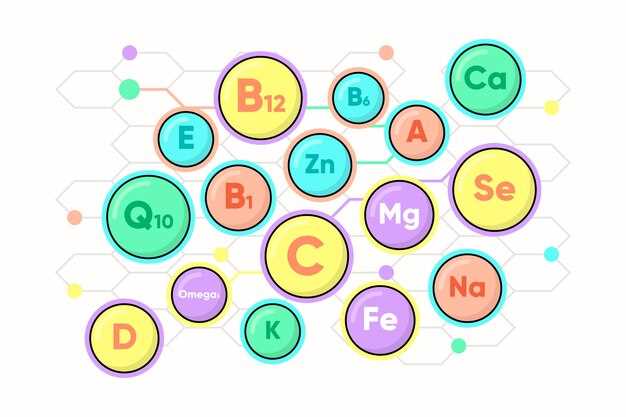
Metformin is a widely used medication for managing type 2 diabetes. It belongs to the class of biguanide drugs and its chemical structure contains unique functional groups that contribute to its pharmacological properties.
Overview of Metformin

Metformin is a widely prescribed oral medication used to treat type 2 diabetes. It belongs to the class of drugs known as biguanides and works by decreasing the amount of sugar produced by the liver while also increasing the sensitivity of muscle cells to insulin. This helps the body use glucose more effectively and lower blood sugar levels.
Metformin is considered a first-line treatment for type 2 diabetes and is often prescribed in combination with lifestyle changes such as diet and exercise. It is generally well-tolerated but may cause side effects such as gastrointestinal upset or lactic acidosis in rare cases. Regular monitoring is important when using metformin to ensure its effectiveness and safety.
Functional Groups of Metformin

Metformin, a commonly used drug for type 2 diabetes treatment, contains several important functional groups that contribute to its pharmacological activity.
Primary Amine: The primary amine group in metformin is essential for its mode of action. This group interacts with multiple cellular components, including mitochondrial respiratory chain enzymes, leading to various metabolic effects.
Amide Group: The amide group in metformin contributes to its stability and bioavailability. This group is responsible for the formation of hydrogen bonds with target proteins, influencing their function.
Guanidine Group: The guanidine group in metformin plays a crucial role in its glucose-lowering effects. This group is involved in the activation of AMP-activated protein kinase (AMPK), a key regulator of cellular metabolism.
Understanding the functional groups of metformin is essential for appreciating its mechanism of action and therapeutic benefits in managing diabetes.
Functional Groups of Metformin
Metformin is a medication used to treat type 2 diabetes. It belongs to the biguanide class of drugs and contains several functional groups that play a crucial role in its mechanism of action.
One of the key functional groups in metformin is the primary amine group. This group is a nitrogen atom bonded to two hydrogen atoms, making it a strong base. The primary amine group is essential for metformin’s ability to lower blood glucose levels by decreasing hepatic glucose production and improving insulin sensitivity.
Key Points:
- Metformin contains a primary amine group.
- The primary amine group is a key functional group in metformin.
- This group is essential for metformin’s mechanism of action in treating diabetes.
Primary Amine
A primary amine is a functional group that consists of a nitrogen atom connected to two hydrogen atoms and one alkyl or aryl group. In the case of metformin, the primary amine group is represented by the amino group (-NH2) located at one end of the molecule.
This primary amine group plays a crucial role in the mechanism of action of metformin. It is involved in the drug’s interaction with various cellular proteins and enzymes, ultimately leading to its pharmacological effects.
Amide Group
The amide group in Metformin is a functional group that consists of a carbonyl group attached to a nitrogen atom. This group plays a key role in the structure and function of Metformin as it can form hydrogen bonds with other molecules, influencing its interactions and pharmacological properties.
Amide groups are known for their stability and resistance to hydrolysis, which is important for the overall stability of Metformin in physiological conditions. The presence of the amide group also contributes to the overall molecular structure of Metformin, influencing its solubility and bioavailability.
Guanidine Group
The guanidine group is a key structural feature of metformin, contributing to its mechanism of action and pharmacological properties. This group consists of a carbon atom doubly bonded to a nitrogen atom, which is also bound to two other amino groups. The guanidine group in metformin plays a crucial role in lowering blood glucose levels by enhancing insulin sensitivity and decreasing hepatic glucose production.
Metformin’s guanidine group interacts with various proteins and enzymes, including AMP-activated protein kinase, to regulate glucose metabolism. By activating these pathways, metformin helps improve insulin sensitivity in target tissues and promotes glucose uptake and utilization.
Key Points:
- The guanidine group is a distinctive feature of metformin’s structure.
- It contributes to metformin’s insulin-sensitizing and glucose-lowering effects.
- The interaction of the guanidine group with specific cellular targets plays a crucial role in metformin’s mechanism of action.
| Property | Significance |
|---|---|
| Insulin sensitivity | Enhanced by the guanidine group, leading to improved glucose control. |
| Glucose metabolism | The guanidine group influences key metabolic pathways involved in glucose utilization. |
| Mechanism of action | Understanding the guanidine group is essential for comprehending metformin’s pharmacological effects. |
